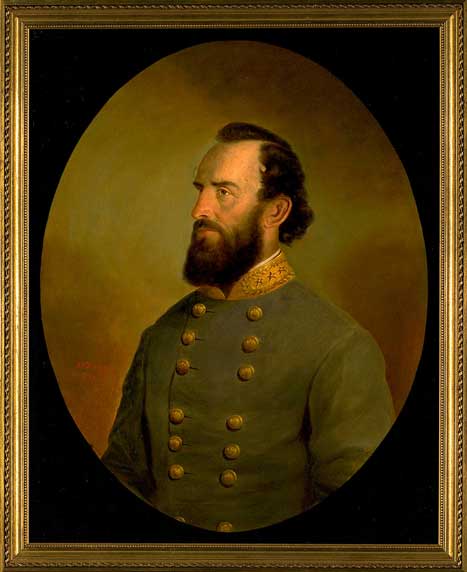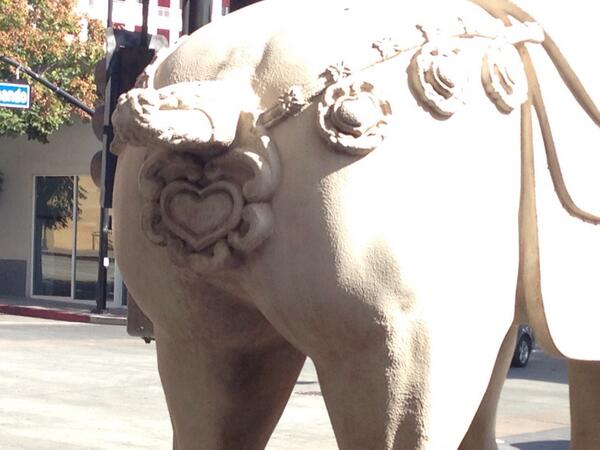Trump Aside, Artists and Preservationists Debate the Rush to Topple Statues
By ROBIN POGREBIN and SOPAN DEBAUG. 18, 2017
Mark Bradford, the renowned Los Angeles artist, says Confederate statues should not be removed unless they are replaced by educational plaques that explain why they were taken away.
For Robin Kirk, a co-director of Duke University’s Human Rights Center, the rapid expunging of the statues currently underway needs to be “slower and more deliberative.”
And Lonnie G. Bunch III, the director the Smithsonian’s National Museum of African American History and Culture, proposes that the dismantled statues be grouped together and contextualized, so people understand what they stood for.
In state after state this week, artists, museum curators, and historic preservationists found themselves grappling with lightning-fast upheaval in a cultural realm — American monuments — where they usually have input and change typically unfolds with care. Many said that even though they fiercely oppose President Trump and his defense of Confederate statues, they saw the removal of the monuments as precipitous and argued that the widening effort to eliminate them could have troubling implications for artistic expression.
“I am loath to erase history,” Mr. Bunch said. “For me it’s less about whether they come down or not, and more about what the debate is stimulating.”
So far that debate has been almost entirely a reaction to Mr. Trump and his views on race, with little discussion about the Confederate monuments and sculptures as works of art or historical artifacts of any cultural value.
On Wednesday evening, after President Trump defended white nationalists who wanted to preserve these monuments, Gov. Andrew M. Cuomo of New York tweeted that he would remove the busts of two Confederate generals at the City University of New York’s Hall of Fame for Great Americans at Bronx Community College. Other politicians have been issuing similar pronouncements rather than going through the more typical process of consulting art historians and curators or forming study commissions.
The anger and action aimed at the statues are reminiscent of recent controversies over two prominent artworks — Dana Schutz’s painting “Open Casket” depicting Emmett Till, the murdered African-American teenager, in the Whitney Biennial, and Sam Durant’s sculpture gallows “Scaffold,” at the Walker Art Center’s sculpture garden, which was denounced by Native American groups for recalling an act of genocide.
Protesters objected to both pieces on racial, ethnic, and historical grounds and called for their removal or destruction. Neither work celebrated the Confederacy or slavery, however, and both were created as art rather than as public memorials like some of the statues now being removed.
“These are not works of art, they’re propaganda,” the artist Adam Pendleton said of the Confederate statues. “To equate them with how a work of art exists in the world is a false equation. They’re instruments of a political agenda and it would be real folly to suggest that there is any kind of ambiguity.’’
“Their artistic merit is irrelevant because it’s beside the point,” he added. “We don’t think about who created the statue of Robert E. Lee and what her intentions were. We think about who and what Robert E. Lee signifies.”
But others argue that it is possible to defend the Confederate memorials as art without defending the subject matter.
“They also were the work of artists,” said Hollis Robbins, a humanities professor at Johns Hopkins University’s Peabody Institute. She cited Laura Gardin Fraser, whose double equestrian statue of Generals Robert E. Lee and Stonewall Jackson was one of those removed overnight in Baltimore this week. Ms. Robbins said that artwork should not necessarily be discarded because the subject matter or the artists’ personal history is offensive. “Do we teach T. S. Eliot, who was anti-Semitic, or the films of Roman Polanski, who was charged with rape?” she said. “Should we play Wagner in Israel?”
“While I am personally in favor of these sculptures’ going away, I think it’s important to understand that many of these artists did not have a political motivation,” Ms. Robbins added. “They had an aesthetic motivation.”
Several people in the art world said there is an important distinction to be made between private artworks and public monuments. Unlike artwork made by individual artists, many of the Confederate monuments were supported by city or state governments — sometimes including tax dollars — and placed on public land, suggesting official approval of what the statues stand for.
“The Confederate monuments are meant to convey a message that we value the history of oppression,” said Adrienne Edwards, the Walker’s visual arts curator at large.
The statues needn’t be destroyed, many said — simply moved to an environment in which they can be studied and understood as historical relics rather than enduringly potent symbols of oppression.
A toppled Confederate statue in Durham, N.C., on Monday. Credit Virginia Bridges/The Herald-Sun, via Associated Press
Joshua David, the president and chief executive of the World Monuments Fund — which is usually on the side of protecting monuments — said it can be appropriate to move them to museums or other centers of learning.
“These are statues on pedestals, and when you place something on a pedestal you’re putting something in a position to worship it,” Mr. David said. “To create a kind of hero worship around the Confederacy and to support state sanctioned white supremacy, it’s appropriate to re-examine them and to change their context.”
But others argue that removing a statue from its place of origin diminishes the power of its historical significance. “The meanings and the history that we are able to draw from them in a different site, especially a sort of sanitized site like a museum, are not going to be the same,” said Michele H. Bogart, a professor at Stony Brook University. “That is a historical loss.”
And there are those who warn against rashly removing public art without thoughtful and thorough public discussion. Ms. Kirk of Duke suggested that people in Durham, N.C. — where one statue was pulled down and another was defaced — could brainstorm about monuments that might be substituted for those that were removed.
“Why don’t we have a monument to justice, to the arts?” Ms. Kirk said. “Why don’t we have a monument to John Coltrane? He’s a North Carolinian.”
Simeon Bankoff, executive director of the Historic Districts Council in New York, also suggested that public officials nationwide, including Governor Cuomo, were moving too quickly on removing the monuments.
“We believe that in instances where there can be a further discussion of public art or the removal or mediation of it, that there should be,” Mr. Bankoff said. “The public discourse is a very important one.”
Mr. Bradford, the artist, said that it was important to have a public process around replacing the Confederate statues so that the broader citizenry could grow from a painful chapter. “If this whole conversation is about the history of this country, then you have to talk about the history of this country,” he said. “Don’t just leave these empty spaces. Contextualize the action. I don’t feel like that can be rushed.”
But Mr. Pendleton suggested that the removal of the statues is in itself a positive form of artistic expression, a “performative act” and long overdue.
“Part of what’s being debated is what these statues represent,” he said. “It’s very clear what they represent: They memorialize a very dark period in American history. We’re talking about a moment when people were enslaved. It’s the opposite of everything America is supposed to stand for. Get them down.”
https://www.nytimes.com/2017/08/18/arts ... trump.html 







